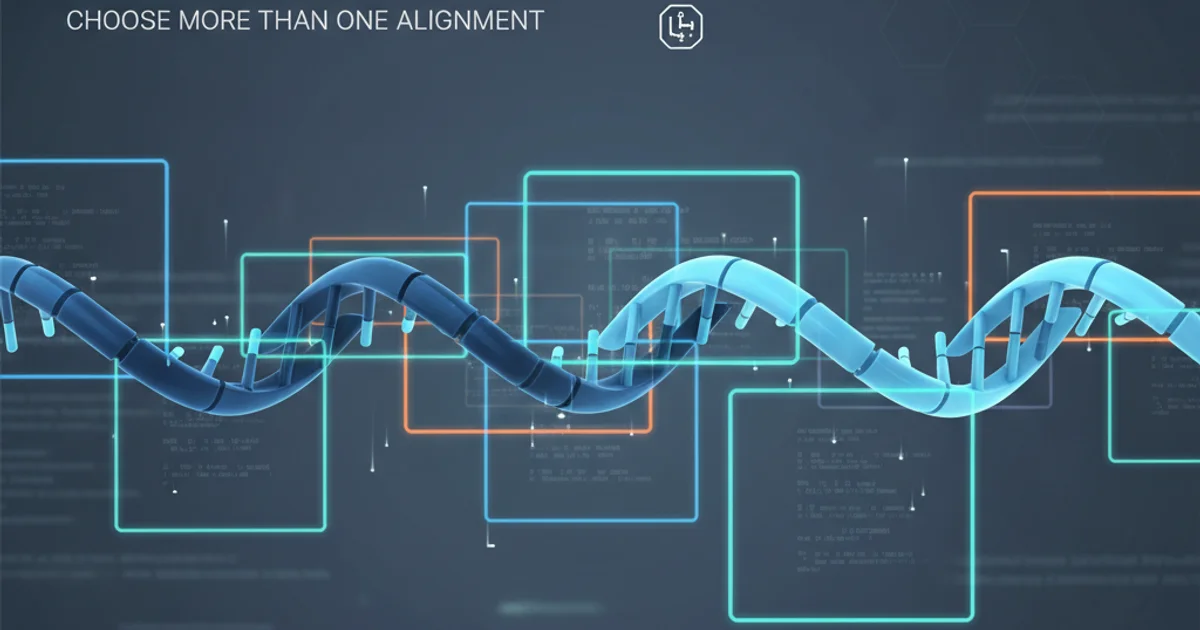HTTP Get with 204 No Content: Is that normal
Categories:
HTTP GET with 204 No Content: Is it Normal?

Explore the nuances of using HTTP GET requests with a 204 No Content status code, understanding its implications, and best practices for API design.
When designing RESTful APIs, choosing the correct HTTP status code is crucial for clear communication between client and server. While a GET request typically implies fetching data, leading to a 200 OK with a response body, situations arise where a GET might return 204 No Content. This article delves into whether this practice is normal, its implications, and when it might be appropriate.
Understanding HTTP GET and 204 No Content
The HTTP GET method is defined as retrieving a representation of the target resource. A successful GET request usually returns a 200 OK status code along with the requested data in the response body. The 204 No Content status code, on the other hand, indicates that the server has successfully fulfilled the request and there is no additional content to send in the response payload body. This status is commonly used for PUT, POST, or DELETE requests where the client doesn't need to navigate away from its current page or update its UI with new content.
flowchart TD
A[Client Sends GET Request] --> B{Server Processes Request}
B --> C{Is there data to return?}
C -->|Yes| D[Return 200 OK with Data]
C -->|No| E[Return 204 No Content]
D --> F[Client Receives Data]
E --> G[Client Receives No Content]Flowchart illustrating the decision process for HTTP GET responses.
When 204 No Content with GET Might Be Used (and Why It's Debatable)
While not explicitly forbidden by RFCs, returning 204 No Content for a GET request is generally considered an anti-pattern by many API designers. The primary reason is that GET semantically implies data retrieval. If there's no content, it often suggests that the resource either doesn't exist (which would typically be a 404 Not Found) or that the query parameters yielded no results (which could still be a 200 OK with an empty array or list).
However, there are niche scenarios where some developers might opt for it:
- Polling for status updates: A client might
GETa resource to check for a status change. If the status hasn't changed, a204could signal 'no new information' without sending redundant data. - Checking for resource existence without data: In rare cases, an API might want to confirm a resource's existence without transferring its potentially large payload. A
HEADrequest is the more appropriate method for this, but ifHEADisn't supported or convenient,GETwith204might be a workaround.
Despite these edge cases, the consensus leans towards avoiding 204 for GET requests to maintain clear API semantics.
204 No Content with GET can confuse clients expecting data. It might also lead to issues with HTTP caches, which typically expect a response body for GET requests.Recommended Alternatives for 'No Content' Scenarios with GET
Instead of 204 No Content, consider these more conventional and semantically clear alternatives for GET requests:
200 OKwith an empty array/list: If theGETrequest is for a collection of resources and no items match the criteria, returning200 OKwith an empty JSON array ([]) or an empty list is the standard and most intuitive approach. This clearly indicates success but with no results.404 Not Found: If theGETrequest is for a specific resource by ID and that resource does not exist,404 Not Foundis the appropriate status code.HEADrequest: If the goal is purely to check for the existence of a resource or its metadata without transferring the body, anHEADrequest is designed for this purpose. It returns the same headers as aGETrequest but without the response body.
Adhering to these conventions improves API usability and predictability.
HTTP/1.1 200 OK
Content-Type: application/json
[]
Example of a 200 OK response with an empty array for a GET request with no results.
HEAD /api/users/123 HTTP/1.1
Host: example.com
Example of an HTTP HEAD request to check for resource existence.